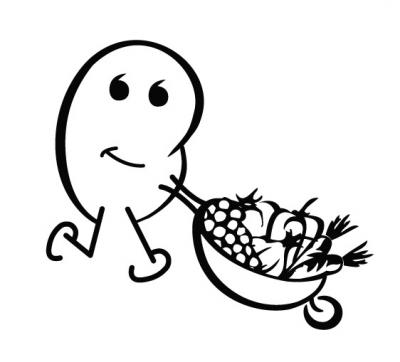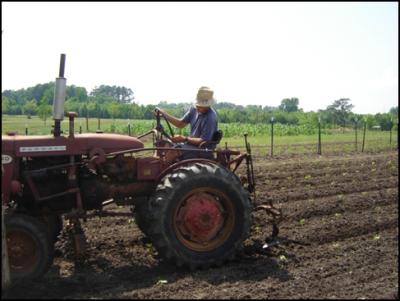 Rob M.
Rob M. | Farmers Prepare for the Seasonal Shift
Dec 10, 2011 at 4:32 pm |
As we transition into a season of cold temperatures and occasional ground frost, farmers across North Carolina prepare fields for cold weather by use of a variety of techniques. For some farmers, extending the growing season for their vegetables for as long as they possibly can is very important to their business. This extends their revenue stream to cover a greater portion of the year, and allows them to offer produce when supply isn't as high from other sources. Farmers can extend the length of season for individual crops by using greenhouses, plastic covers, and ground mulching. These techniques are used to maintain warm temperatures in the soil (mulching) and the surrounding air (insulation from plastic coverings). In turn, the added insulation enables crops to sustain longer into the cold season. These techniques allow growers to sneak past the first few frosts, assuming temperatures do not drop too low, and keep their crops alive for further production. The current availability of local bell peppers is a good example of local farmers extending the growing season on a crop. By bringing the temperature up just enough to survive recent frosts, we are able to continue enjoying fresh bell peppers even into December. Eventually, however, growers will run out of tricks to survive the dropping temperatures and frosts, and will instead transition wholly into winter crops such as greens, tubers, and other root vegetables. Or, for other farmers who prefer not to farm during the winter, the arrival of winter signals a time when fields are able to rest, regenerate, and prepare for next spring.
Winter Crops:
By December most winter growers have switched largely, if not fully, over to winter crop cultivation. Winter crops include cold weather crops like collard greens, kale, broccoli, and cabbage which are much more resistant to the cold temperatures, and are better suited to survive frequent frosts. However, these cold weather crops are not impervious to the cold and frost, so growers do have to pay close attention to temperature forecasts, and take measures to keep their fields as protected as possible from the cold air. Another good way to survive cold air temperatures, is to plant crops that survive under the ground where temperatures stay more constant. These crops include sweet potatoes, rutabagas, and turnips, and can generally be grown through the duration of winter in North Carolina.
Preparing for next spring:
While some growers transition over to winter crops, others use the winter to take a break and replenish their fields. "Usually the second or third frost is the one that does us in for the growing season" says Robbie Cox, owner and operator of Cox Farms in Goldsboro. Once the freezing temperatures get the best of his vegetable plants, Robbie knows it's time to prepare his fields for next spring. After discarding the organic remains of old crops into the ground, he then plants a cover crop. Cover crops serve a number of purposes for a field. Cover crops such as rye, clover and other legumes are known as "nitrogen fixing" plants. These plants capture raw nitrogen from the air and transform the raw nitrogen into a form that plants can utilize as fertilizer. Cover crops also help in preventing erosion, and loss of soil nutrients. Cover crops can also be used in combating weeds, break plant disease cycles, and deter pests. Once spring arrives, cover crops are plowed up into the soil and decompose, thus adding another source of organic compost.
|   (Rob M.) (Rob M.) |